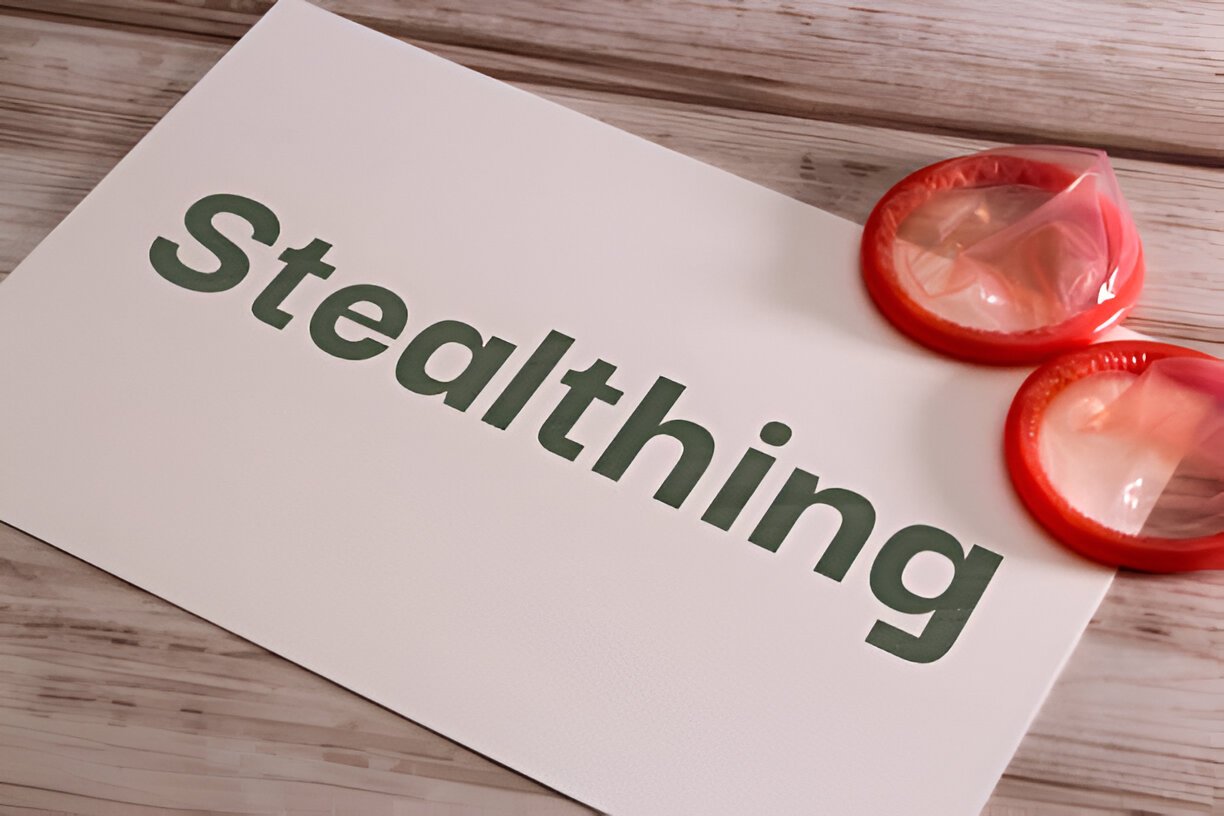Image Credit: iStock Image
Stealthing is a disturbing sexual practice that has gained attention in recent years. It refers to the act of removing or damaging a condom during intercourse without the partner’s knowledge or consent. This behavior not only violates trust but also poses serious health risks and legal consequences. Understanding what stealthing is and its implications has become crucial in today’s dating landscape.
This comprehensive guide aims to shed light on various aspects of its. It will explore the legal ramifications of this act, discuss the potential health risks involved, and provide strategies to prevent it from happening. By examining these topics, readers will gain valuable insights to help them recognize, report, and protect themselves from this form of sexual abuse. The goal is to equip individuals with the knowledge they need to navigate sexual encounters safely and confidently.
Read About: Graysexual
Table of Contents
ToggleThe Legal Landscape of Stealthing
Stealthing, the act of removing or damaging a condom during intercourse without consent, has gained attention in legal circles. While not explicitly prohibited in many jurisdictions, it may qualify as various offenses depending on circumstances. Some lawmakers argue that stealthing should be prosecuted as sexual assault, as it alters the conditions of consent.
Current Laws and Regulations
Currently, few states have specific laws addressing stealthing. California became the first state to pass a stealthing law in 2021, followed by Maine in 2023. These laws authorize civil remedies for victims of nonconsensual condom removal or tampering.
Recent Legislative Efforts
Federal legislation has been introduced to address it. One bill aims to explicitly name it as sexual violence and create a legal pathway for victims to sue perpetrators. Another, the Consent Is Key Act, would encourage states to pass their own laws by increasing funding for domestic violence programs in states that do so.
Challenges in Prosecution
Prosecuting stealthing cases has proven difficult due to the challenge of proving intentional rather than accidental removal. This highlights the need for clear legislation to address this form of sexual abuse.
Read More: Why Am I Pooping Blood No Pain
Health Risks Associated with Stealthing
STI Transmission
Stealthing significantly increases the risk of sexually transmitted infections (STIs). Without a condom, the likelihood of contracting or transmitting STIs such as chlamydia, gonorrhea, syphilis, and HIV/AIDS rises dramatically. Men who engage in nonconsensual condom removal have a higher rate of STI diagnoses (29.5%) compared to those who don’t (15.1%). If exposed to HIV, seeking postexposure prophylaxis (PEP) within 72 hours is crucial to reduce transmission risk.
Unwanted Pregnancy
Stealthing can lead to unplanned pregnancies. Men who have practiced stealthing are more likely to have partners with unplanned pregnancies (46.7%) compared to others (25.8%). Pregnancy tests should be taken 9 to 12 days after the incident, with a follow-up test a week later for accuracy.
Psychological Trauma
The psychological impact of stealthing can be severe. Victims may experience feelings of violation, anger, and betrayal. Many report symptoms similar to those of rape survivors, including post-traumatic stress disorder (PTSD) and hypervigilance. The emotional aftermath can manifest as depression, anxiety, sleep disturbances, and changes in eating habits or body image.
Preventing Stealthing
Communication and Consent
Open dialog about sexual practices is crucial to prevent stealthing. Partners should discuss their preferences and boundaries regarding barrier methods before engaging in sexual activity. Consent is an ongoing process, and any changes to agreed-upon protection must be discussed and mutually accepted. Clear communication helps ensure both parties are comfortable and protected throughout the encounter.
Barrier Method Awareness
Understanding the importance of barrier methods is essential. Condoms and other protective barriers significantly reduce the risk of STIs and unintended pregnancies. Partners should be aware of the agreed-upon protection and remain vigilant during sexual activity.
Building Trust in Relationships
Trust is fundamental in preventing stealthing. In healthy relationships, partners respect each other’s choices regarding contraception and sexual health. They stick to agreed-upon plans and do not violate consent. Establishing trust allows individuals to feel secure in their partner’s commitment to mutual safety and respect.
Click Here to Read More About: Allosexual
Conclusion
Stealthing poses serious health risks and legal consequences, making it crucial to understand and address this form of sexual abuse. This guide has shed light on the legal landscape, health implications, and prevention strategies related to nonconsensual condom removal. By exploring these aspects, readers have gained valuable insights to help them recognize, report, and protect themselves from this disturbing practice.
Awareness and education play a key role to combat stealthing and promote safer sexual encounters. Open communication, respect for boundaries, and building trust in relationships are essential to prevent such violations. As society continues to grapple with this issue, it’s vital to stay informed about legal developments and health risks associated with stealthing. This knowledge empowers individuals to make informed decisions and advocate for their sexual health and rights.
FAQs
Q: How can I report an incident of stealthing?
A: If you believe you’ve been a victim of stealthing or any form of sexual abuse, you can reach out for support 24/7. Text “START” to 88788, call 1.800.799.7233, or engage in a chat with an advocate who can assist you.
Q: What is required to legally prove stealthing?
A: To legally establish stealthing as a crime, prosecutors must demonstrate that it violated California’s sexual battery law. This law categorizes the nonconsensual touching of another’s intimate parts for a sexual purpose as misdemeanor sexual battery, among other offenses.
Q: What is considered stealthing?
A: Stealthing is recognized as a form of rape. It occurs when both parties consent to use a condom during intercourse, and one party either falsely claims to have worn a condom or secretly removes it without the other’s consent.
Q: Is it possible to file a lawsuit for damages resulting from stealthing?
A: Yes, victims of stealthing can file a civil lawsuit for various damages, including exposure to sexually transmitted infections (STIs), unwanted pregnancy, and emotional trauma.



Leave a Reply